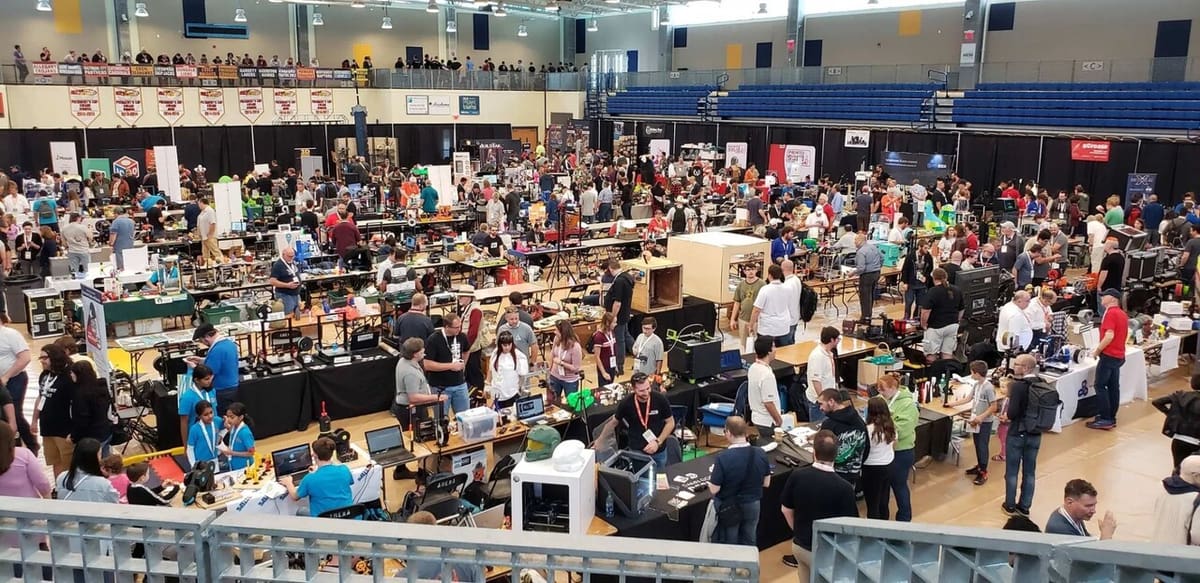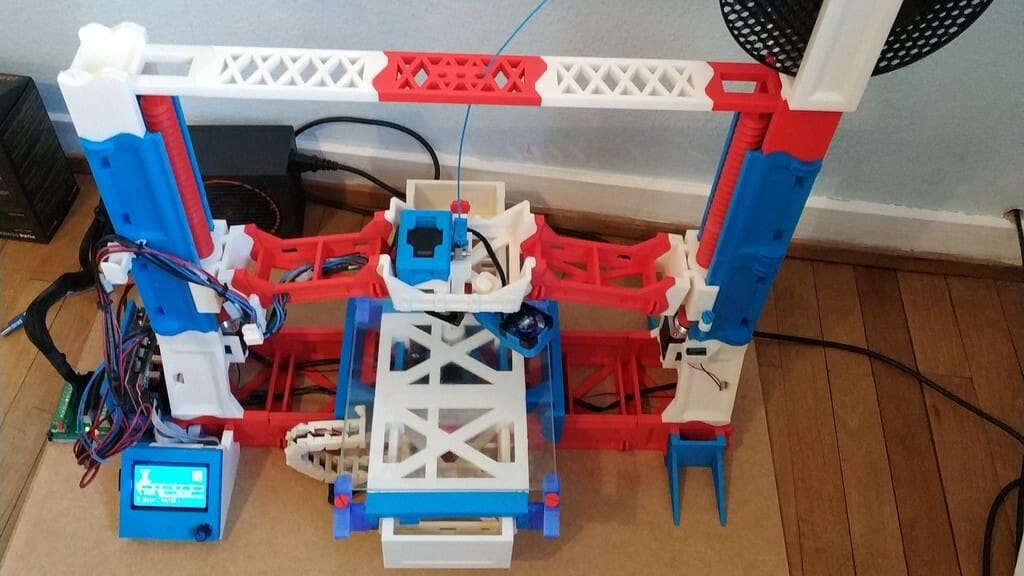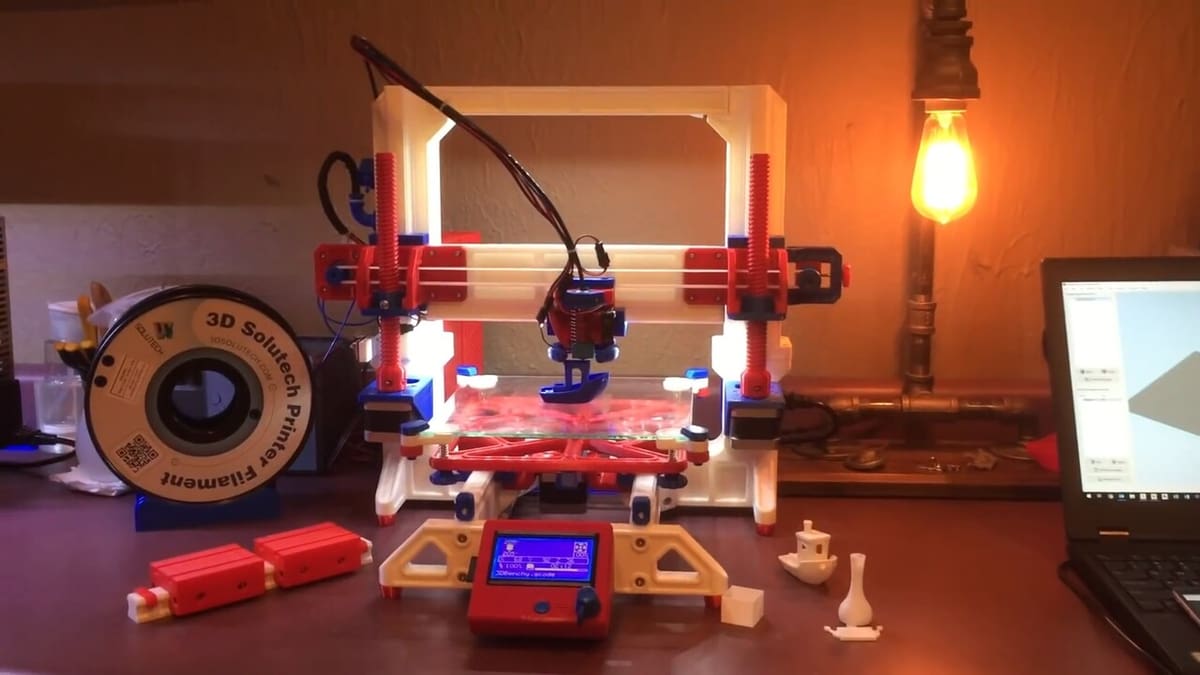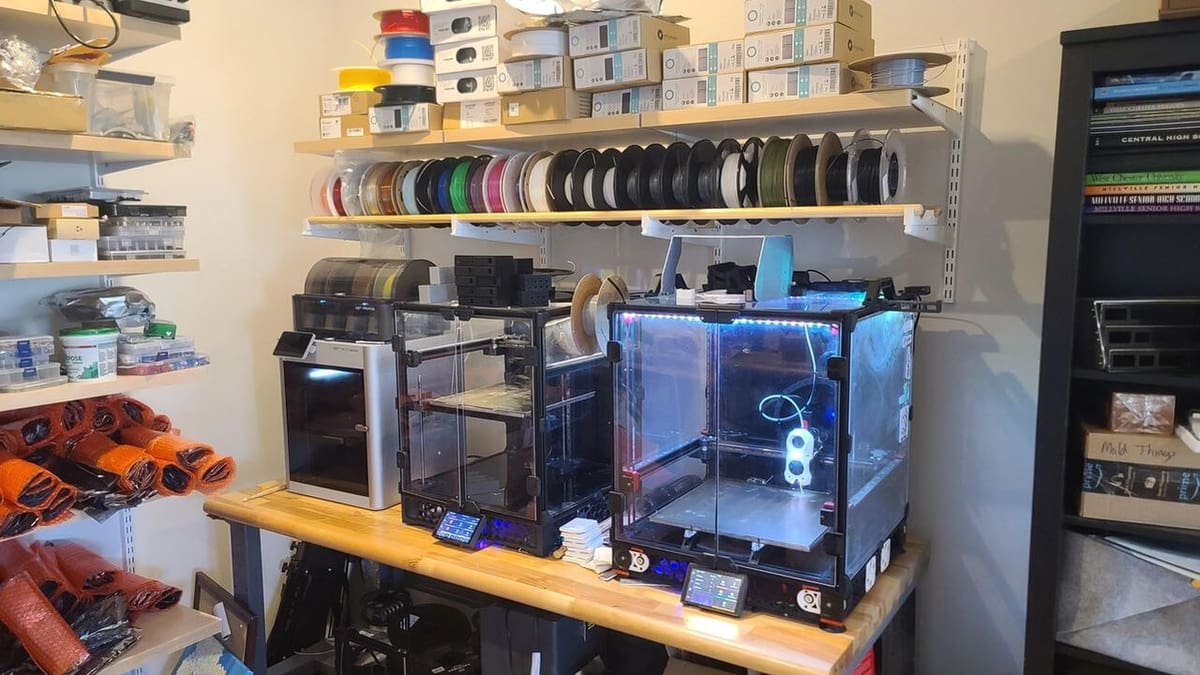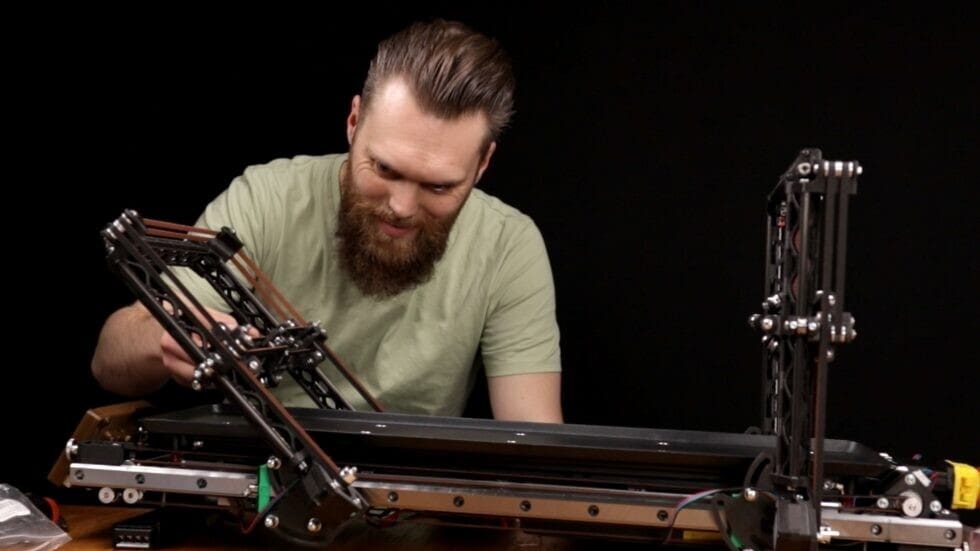Along with time travel, scary alien monsters, and ray guns, the prospect of self-replicating machines is a recurring sci-fi trope.
In 2005, the RepRap project (short for “Replicating Rapid-prototyper”) set out to make at least part of these sci-fi imaginings a reality. It was launched with an ambitious vision: To create a device that could build copies of itself, “humanity’s first general-purpose, self-replicating manufacturing machine.”
RepRap was the catalyst for explosive growth in low-cost 3D printing, generating countless innovations and leading to the creation of many companies that are now important additive manufacturing players.
By 2007, printers inspired by RepRap were manufacturing components to build improved versions of themselves, closely followed by wildly hyped media coverage of “machines making machines”. The concept of a 3D printer that could print another 3D printer took hold of the public’s imagination, but just how close are we to that idea today?
To answer this question, we’ll take a step back and explore the origins of RepRap, how it evolved, and the enormous impact it’s made on the world of 3D printing and the capabilities of today’s technology. We’ll even allow ourselves to gaze into a 3D printed crystal ball and make a few predictions about the future.
About RepRap
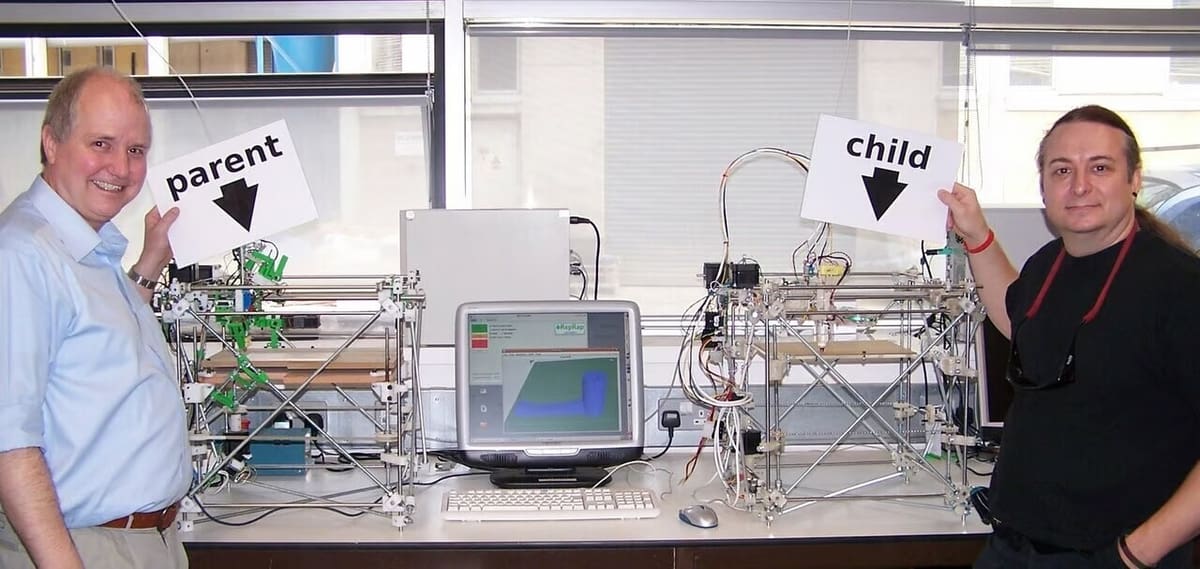
RepRap was launched by Dr. Adrian Bowyer, a mechanical engineering professor at the university of Bath in the UK, in 2005 – a time when 3D printers used proprietary technology and cost over $100,000. While the primary aim was to create a low-cost 3D printer that could reproduce most of its own components, Dr. Bowyer also saw a much greater potential.
The Challange
In a series of articles and conference presentations, he set out a vision of ordinary people, especially in developing countries, benefiting from the ability to make their own cost-effective products. He also released all of the hardware and software designs as open source, encouraging dozens of volunteers from across the world to bring their expertise to bear. That journey is well documented in the RepRap project log.
After the initial groundwork, RepRap’s first production 3D printer was built in 2007. Appropriately, it was named “Darwin“. Its open-source design and how it was expected to evolve enlisted the help of many dozens of project volunteers. By 2009, a simplified and improved RepRap machine, “Mendel“, was made, followed by “Huxley” in 2010.
The number of contributing projects exploded to over 2,000, each exploring different ideas on hardware, firmware, and software (i.e. slicers). The number of RepRap design variants soared, as did their quality. Many of the early volunteers went on to found organizations, including Prusa Research, MakerBot, UltiMaker, LulzBot, E3D, Marlin, and more. Meanwhile, RepRap User Groups meet the world over and continue to shape 3D printing’s future.
The Results
Although mainly focused on accessible fused deposition modeling (FDM) technology, RepRap’s domain has extended into just about every form of additive manufacturing and touched every industry, from medicine to space exploration. Making this technology accessible to the general public was already a huge achievement in itself, and it was at this moment that many of us began to wonder if it would ever be possible to print a complete 3D printer with all its components.
Even though the open-source nature of the design achieved great feats in making the project more popular, the limitations of a fully self-replicating the model would become increasingly obvious as the years went by. While numerous new printer designs were inspired by RepRap, at some point they all faced the need to use parts and components made by traditional manufacturing and assembly processes.
While many parts of FDM 3D printers can be created in a variety of plastics (or plastic composites), that’s not all there is to the machines themselves. From the heating elements in the extruder to the technological devices required to apply the G-code instructions, there are needed components that simply can’t be 3D printed. To be able to fully 3D print a 3D printer, the hardware would need to evolve to handle other materials.
The thinking behind the many innovations continues to evolve, and Dr. Bowyer continues to inject new ideas into the public mind, including for example, the idea of a “single-shot” electric 3D printer (described in an interview with Thomas Sanladerer), which could take 3D printing in a different direction in the future.
Context
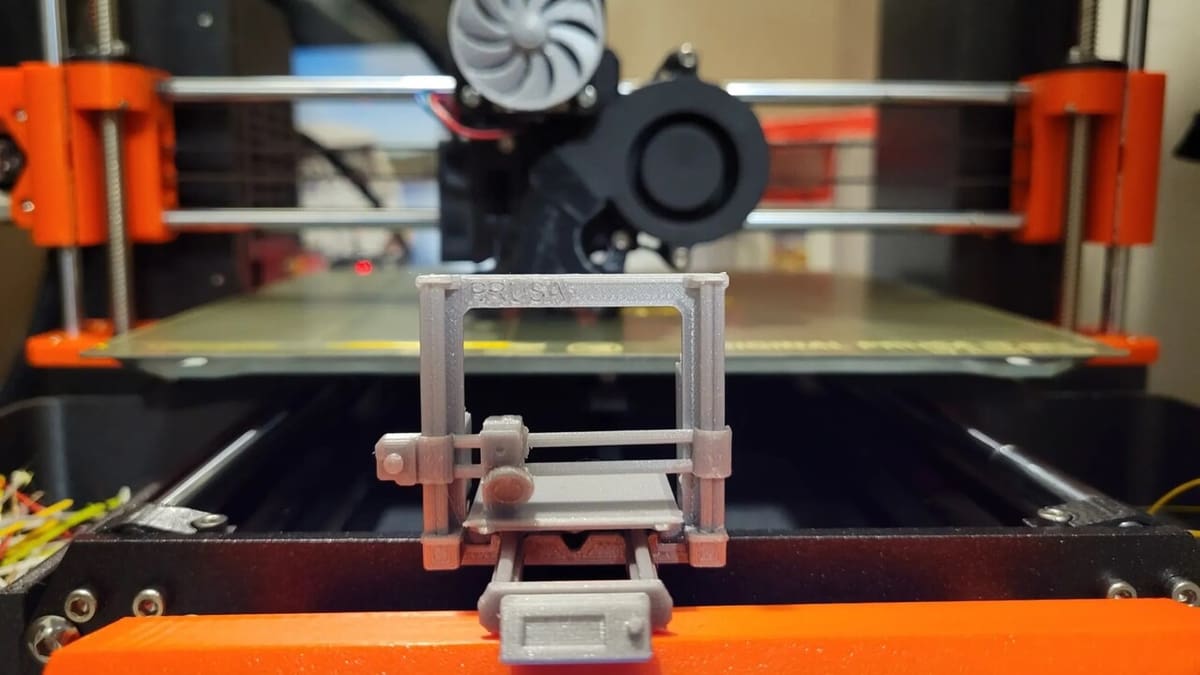
To understand the challenges and possibilities of a self-replicating 3D printer, it is essential to know the basic components that make up these machines. While structural elements like the gantry and supports can be relatively easily replicated through 3D printing, critical components such as motors, controllers, and heating systems currently pose significant challenges.
Basic Hardware Components
- Frame and gantry: The frame provides the necessary stability for precise movement. The gantry system (usually configured along Cartesian X-, Y-, and Z-axes) guides the movements of the extruder and the printer’s base.
- Extruder (and hot end): The extruder feeds the filament into the hot end, where it is melted and deposited at the exact location. The precision of this system is critical to ensuring the quality of printed parts.
- Print bed: The bed may or may not be heated, depending on the material being used. It serves as the base where the object is built. Level and adhesive surfaces are crucial for successful printing.
- Motors and drivers: Stepper motors control the movement of the gantry, filament feed, and, in some cases, the bed height adjustment.
- Power supply: This is essential for providing stable power to electrical components, including motors, the hot end, and bed heating.
- Controller and electronics: The controller acts as the brain of the printer, processing software commands to execute movements and manage thermal adjustments.
Required Software
- Slicing software (slicer): Programs like PrusaSlicer, Cura, or Simplify3D convert 3D models into specific instructions for the printer. They generate G-code, which dictates the hot end’s paths and how the printer behaves during each step.
- Printer firmware: Systems such as Marlin or Klipper are installed on the printer’s controller to interpret slicer commands and manage hardware operation.
With a general overview of what’s required to have a functioning FDM 3D printer, let’s take a closer look at how these components might be replicated (or not).
Hardware Parts
In an attempt to reduce costs, the RepRap project used cheap components that could be found in regular stores, and as expected, manufactured using traditional processes.
To better understand the current challenges of creating a self-replicating 3D printer, let’s take a closer look at the limitations that 3D printing has encountered in the search for solutions and equivalent substitutes for these parts.
Plastic Fittings & Housings
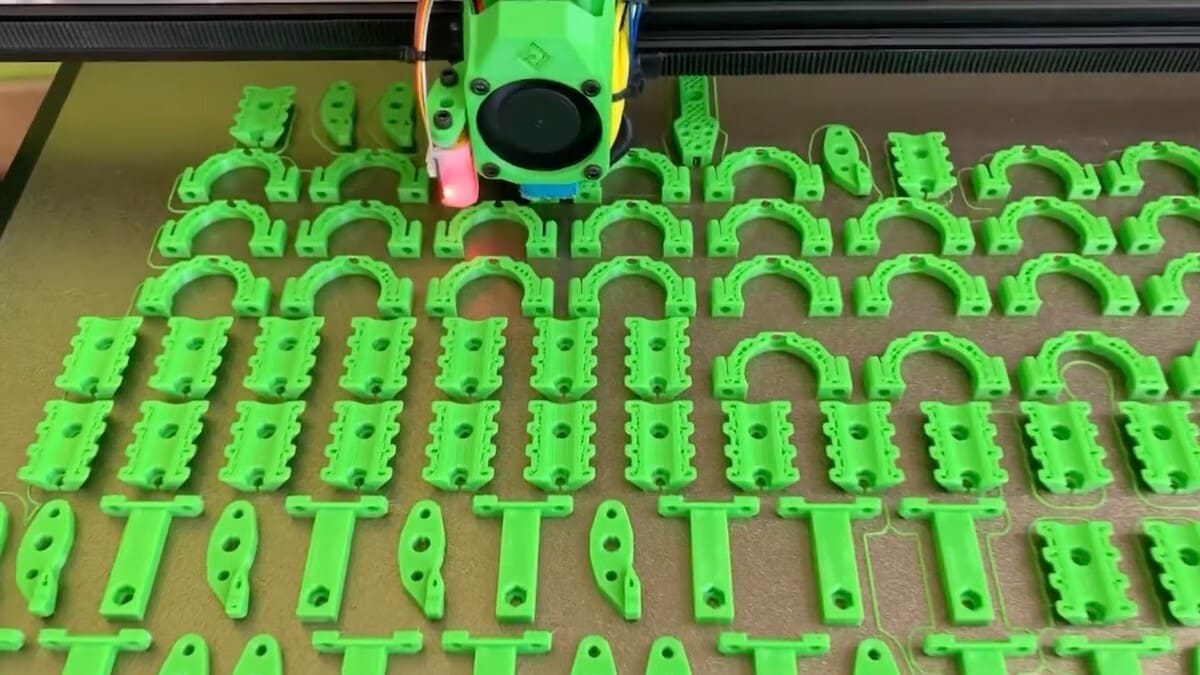
Visit Prusa Research, one of the world’s largest 3D printer manufacturers, and you’ll find hundreds of their existing machines making plastic parts for new machines. This allows the company to respond to changes in demand and have the flexibility to quickly modify and improve designs. For similar reasons, many of the most well-regarded DIY printers, such as the Rat Rig and the Voron, rely heavily on 3D printed components, especially those that are made by their customers.
Yet, as volumes increase, conventional manufacturing solutions like injection molding generally become more cost effective and produce “cleaner” parts. Thus, plastic parts for larger scale production tend not to be 3D printed. Indeed, despite strong developments in print speed, improved material properties, and the ability to print complex parts that can’t be made with other techniques, it’s unlikely that the proportion of 3D printed parts will increase for high-volume manufacturing.
Today, all of the plastic parts on a 3D printer (including flexible components like drive belts) can in principle be replicated using 3D printing. In practice, however, for volume production at least, conventional methods remain more cost effective. Certainly, some innovations like fast 3D printers, infinite Z-axis printing, and new materials slightly narrow this gap, but there is still a long way to go before traditional processes become outdated.
Metal Parts (Frames, Bearings, Extruders, etc.)
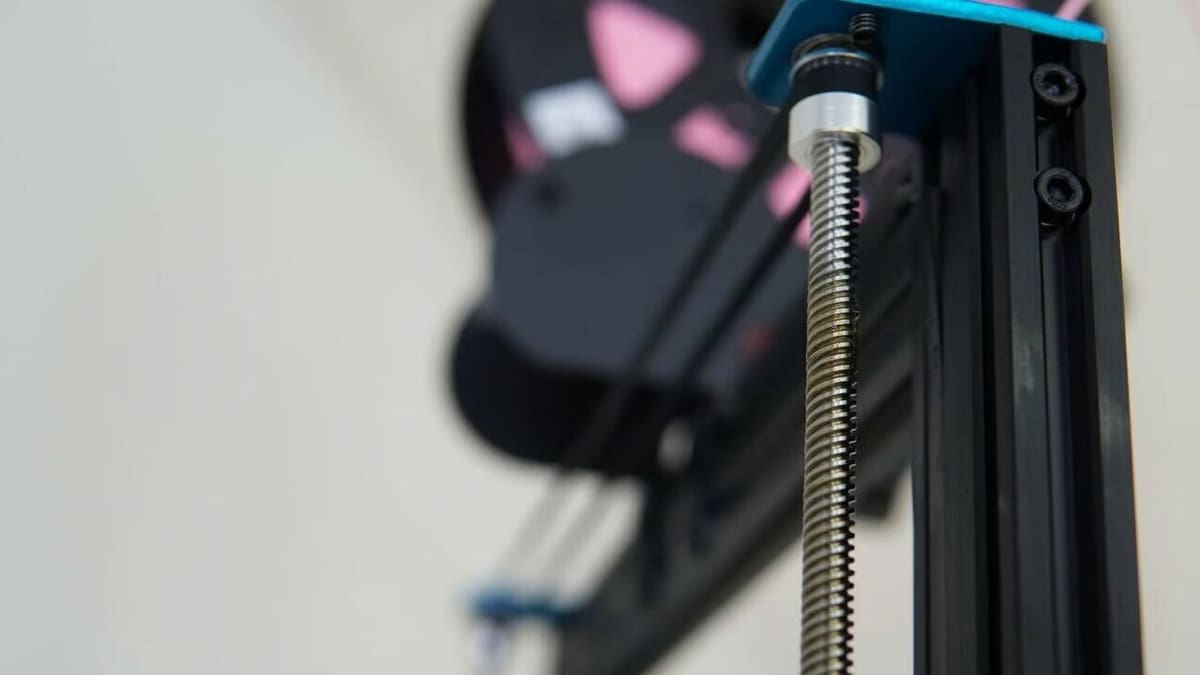
Two approaches can be taken to replicate parts conventionally made from metal. The first and most obvious is to manufacture them directly using metal 3D printing technologies.
Metal additive manufacturing has advanced to the extent that most of a printer’s metal parts, including finely detailed items like nozzles or bearings, can be printed. Some parts can even be improved with metal 3D printing. For example, a one-piece, generatively designed printer frame could be made much lighter and stiffer. However, in virtually all cases, this approach is extremely difficult to justify from a cost standpoint when compared to mass-producing, conventional alternatives.
The other approach can be seen in RepRap projects like the MulBot and the Snappy (which we’ll take a look at further below). They’re designed so that the bulk of metal parts are suitable for FDM plastic printing, a process which has been remarkably successful, with as many as 70-80% of components being replicable. In both cases, however, this comes with the loss of some rigidity, and therefore, printing performance is compromised.
Specialized materials, including carbon fiber, ceramics, and PEEK, could close that performance gap or give designers new ways to build and integrate components. However, cost effectiveness remains a practical challenge for this workaround, too.
Theoretically and practically, the majority of metal components on a 3D printer can be replicated using 3D metal printing or alternative materials and designs. But even more so than in the case of plastic components, the cost and performance penalties make it not commercially viable. Instead, most printers make use of easily sourced metal components, like screws, bolts, bearings, and extruded aluminum.
Electronics, Sensors, & Motors
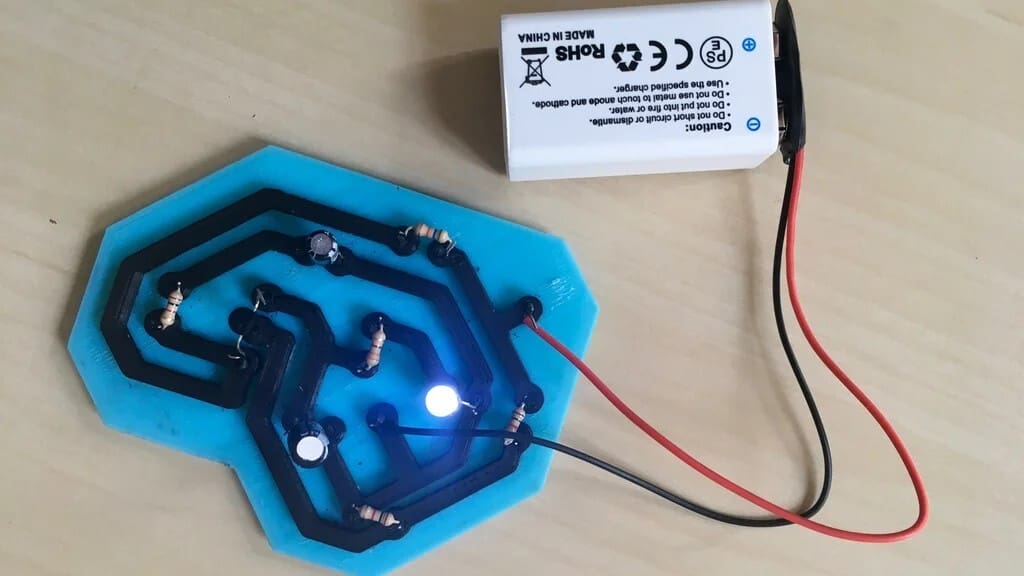
Today, it’s possible to 3D print electronic circuit boards and connect electrical components with conductive filament. (It’s an area that Dr. Bowyer is especially keen to encourage.) Popular YouTube 3D printing channels, such as Teaching Tech, have explored how to do this with hobby-level printers, and companies such as Nano Dimension are actively conducting research and development into printing more sophisticated components, including antennas, capacitors, and sensors.
Yet the main challenge lies in 3D printing the complex integrated circuits (ICs) at the heart of a printer’s controller board, although it is being worked on. The University of Hamburg and DESY, for example, have experimented with nano-scale wiring and primitive ICs, while the University of Austin has 3D printed transistors at a scale on par with chips from the early 70s. Unfortunately, despite steady progress, practical 3D printed ICs are realistically still decades away.
The story behind 3D printed electric motors is a little more encouraging, though. We’ve reported how 3D printing can be used for the structures of simple motors and even how an entirely 3D printed motor is possible. In this case, it’s the ability to 3D print complex (but still macro) structures that lends itself well to motor design. Several start-ups, such as Additive Drives, are actively exploring this. However, their initial focus is on high-performance drives, and so the practical application to 3D printers is very limited for the foreseeable future.
Despite impressive development, electrical components of all sorts are the least replicable parts on a typical 3D printer. Practical examples are few and far between, and useful 3D printed ICs are beyond even the most advanced theoretical designs at present.
Miscellaneous
Replicating a 3D printer involves creating a complete, autonomous system that integrates not only the mechanical parts, but also the electronic components, control software, and sensors necessary to ensure its functionality and compatibility with current technologies, among others.
Imagining a complete, ready-to-use machine that can be printed on-site is one thing; creating a printer that can completely replace an entire traditional factory and that’s even able to multiply itself in the Von Neumann style is a whole other story.
Firmware
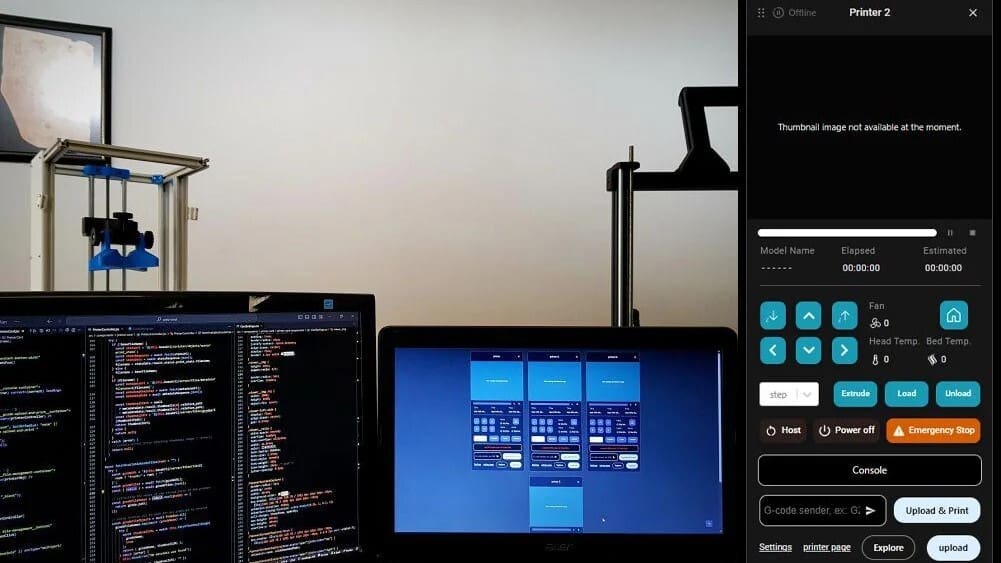
The majority of firmware in use by today’s FDM printers stems from RepRap’s work, including the ubiquitous Marlin. It runs entirely on the 3D printer’s microcontroller, meaning it is self-sufficient and can function without a constant connection to an external computer.
Another popular option these days is Klipper, which uses a host controller and microcontroller-based approach. It utilizes the processing power of an external computer (usually a Raspberry Pi) to handle complex calculations. Klipper is known to be easier to tweak as it uses Python scripts for configuration, which can be a benefit in a self-replicating scenario where modifications and updates are constant.
Assuming that a technology could be developed to print ICs with erasable, programmable memory, new firmware could be “hard coded” as part of this process. Alternatively, there would need to be some method to establish a connection with and transfer a copy of firmware to a newly replicated machine, like we do manually today. Regardless, this train of thought properly strays into the realm of science fiction, raising questions about what other capabilities a truly self-replicating machine would need beyond “just” printing.
Furthermore, 3D printer firmware is frequently adjusted and modified. In talks with YouTuber Joel Telling (3D Printing Nerd), Dr. Bowyer has mused on the topic and realized that self-replicating machines would need a symbiotic relationship with humans, or be doomed to create exact, unchanging, copies forever more!
Production & Assembly

The most extreme media interpretations of RepRap’s goal have over the years envisaged a Star Trek-like “replicator” – a single multi-material machine able to print, layer-by-layer, a functional copy of itself. In an interview with New Scientist, Dr. Bowyer clarified that this was never his intention. The aim was to build a machine “producing all the necessary parts, with the exception of the microprocessors and the lubricating grease” that could then be assembled by hand. “I am not interested in self-assembly, just self-copying,” he added, to be clear.
This vision of reproduction with manual assembly endures with the many thousands who continue to build kit printers from components designed and supplied by Creality, Prusa Research, Rat Rig, and many others. Solutions like the PRUSA PRO Automated Farm System (AFS) are a great example of automation in the production process, as they eliminate the need for human intervention in removing printed parts from the print bed. This means that the printers can continue to operate virtually uninterrupted or they can even be integrated into other assembly processes in the future.
An interesting twist, however, exists for the production of pre-built printers. Here, it’s common to find manufacturers using 3D printing parts to assist with assembly. For example, UltiMaker has over 500 steps in their assembly line supported by different 3D printed solutions. These range from jigs to manage the complex arrangement of springs, gears, and cams found in filament rewinders to test rigs for checking the quality of assembled structures.
As we saw previously, this raises the prospect of flexible machines that can, semi-automatically, assemble components manufactured by different technologies (including 3D printing) with minimal human intervention.
Examples & Prototypes
As mentioned, there are many, many, many creators and makers out there who’ve either started their own project or who’ve worked with others to advance RepRap’s goals. And there are many out there who are still moving things forward…and if a few other directions as well.
Examples
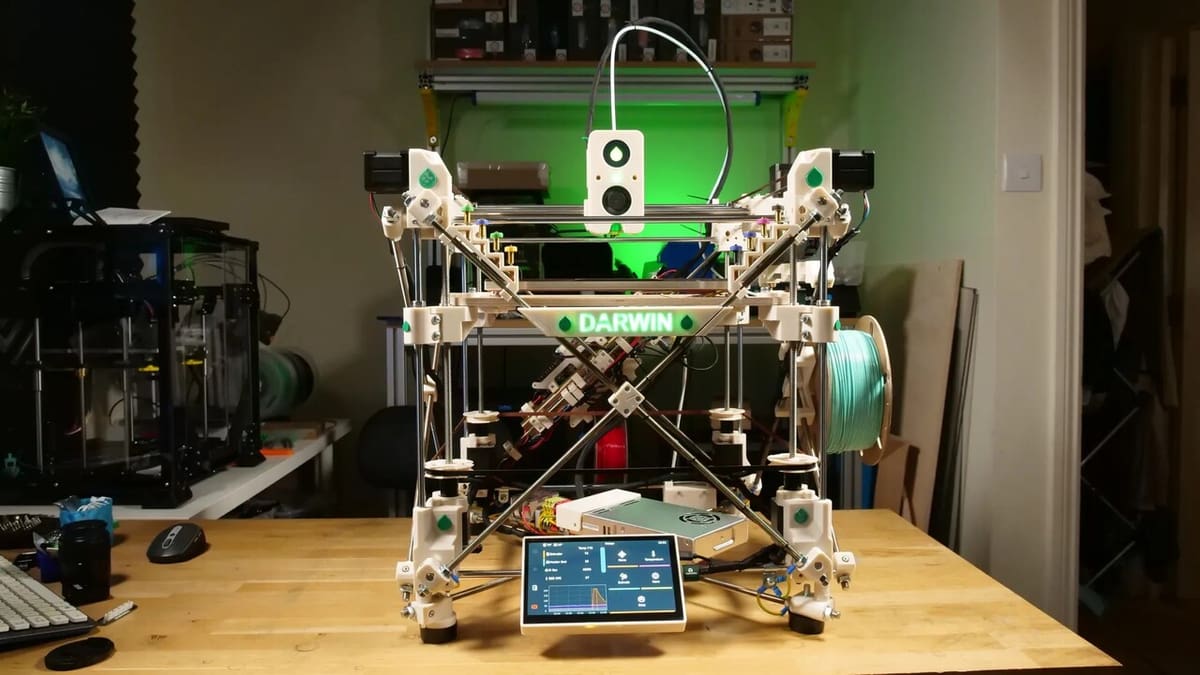
Let’s take a look at some examples of working printers that have come close to achieving the goal of complete self-replication.
Darwin
Built in 2007 using parts made by a Stratasys printer that cost 100 times more, the RepRap Darwin was immediately set to work replicating those same parts for a fraction of the cost. (See a fascinating account of this recorded with Dr. Bowyer that same year.)
This was an hugely significant milestone on the journey to bringing cost-effective 3D printing to a wide audience and challenged expectations about what 3D printing might enable. The open-source designs, shared alongside an invitation to help make improvements, inspired many to contribute their energy and expertise.
Most of today’s FDM printer designs can trace their DNA back to Darwin. More important, however, is the spirit of collaborative and evolutionary design improvement, which endures within RepRap User Group conversations and tech community challenges, such as the SpeedBoatRace. Early versions of Darwin may seem primitive today, but might today’s most advanced 3D printers look similarly quaint the same number of years from now?
The Darwin Evo pictured above was designed as an updated version of the original Darwin, incorporating innovations from recent open source projects. Adam added newer solutions such as the RatRig V-Core 3.1 Z-drive system, an E3D Revo Voron hot end, and the Klipper interface, keeping the essence of the original Darwin but improving accuracy and reliability.
Snappy
The assumption that parts will always be required from other manufacturing processes has been challenged multiple times. That printer frames and gantries be made of metal has in particular come into question. Some projects, such as the Hangprinter, have even tried to get round this by not having a frame at all!
In 2015, Revar Desmera of the Bay Area RepRap User Group tackled the issue by designing the Snappy, which has an entirely 3D printable frame and drive system. With up to 78% of its parts printable by an FDM printer, it became the Guinness Book of World Records’ “Most 3D Printed 3D Printer”.
The design has continued to evolve and is now in its third version. Such inventive thinking points to a future where other design norms are challenged and the percentage of inherent replicability moves into the 80% or 90% regions. It also highlights the gap between what is possible, practical, cost-effective, and performant, making it near impossible to answer the question in the title of this article…
Although replicating this project may seem relatively simple, it is worth noting that this is not a 3D printer for beginners. In addition to the fact that assembly requires advanced knowledge and another printer to prepare the parts, frequent maintenance is required to ensure the quality of the prints due to wear and tear that can arise due to the low rigidity of the plastic parts. If you are still determined to take on the challenge, it is worth checking out the D-Flo build video.
MulBot
The Mulbot is another open-source 3D printer that stands out for being mostly composed of printed parts, including its frame, bearing blocks, and motion systems. The project was designed by 3D Printing World, which presented the Mulbot at the 2019 Midwest RepRap Festival (MRRF). The printer uses partially 3D printed linear bearings and also printed motion systems, such as helical gears for the Y-axis, TPU belts for the X-axis, and trapezoidal screws for the Z-axis.
These innovations allow Mulbot to be built with fewer commercial components, in line with RepRap’s self-copying philosophy. That said, it’s still far from self-replicating non-printable parts such as the hot end, electronics components, and other hardware parts. Like Darwin and Snappy, it also depends on its parts being accurately printed by another machine. And it has no pre-assembled parts; everything needs to be combined, calibrated, and configured manually.
Again, we can see the challenges involved in self-replication. Although there are advances and innovations that allow for the use of more printed components, we also see non-printed components evolving to adapt to the purpose of 3D printing and DIY solutions. However, this is still limited to traditional manufacturing processes that are not yet compatible with 3D printing or which aren’t commercially viable.
Although it is possible to replace some traditional components with printed parts, this is currently rarely possible without sacrificing important aspects of the final quality, such as rigidity and precision.
DIY Alternatives
Given these limitations, we are currently seeing many projects combining both traditional manufacturing components and the innovations achieved by RepRap to achieve better results that combine the best of both worlds.
Among the most popular options are the RatRig and Voron printers, which represent a significant evolution in the spirit of self-copying. Although they are far from the concept of self-replication, these open-source projects explore and show that there is still much to be explored and discovered.
The fact is that DIY solutions allow enthusiasts to explore more deeply the customization potential that has been unlocked by the RepRap legacy. However, they still need traditional parts to ensure the precision and durability required for stable, high-quality operations. This is especially the case regarding their structures and electronics, which have evolved to meet this growing demand, but not for the purpose of self-replication. This type of combination therefore offers a practical balance point, taking full advantage of the possibilities of replication without compromising performance.
For the maker looking to build their own printer, projects like RatRig and Voron provide a viable approach within the current technological limitations. With a good understanding of assembly and calibration, it’s possible to print many of the necessary parts, complementing them with traditional components to create a robust and customized printer. These projects exemplify how the 3D printing community continues to explore and push the boundaries of what is replicable, balancing innovation with practicality.
Notable Prototypes & Experimental Projects

Even though a self-replicating 3D printer seems extremely distant, the dream remains alive through countless independent enthusiasts who insist on trying to overcome the challenges. Let’s look at some prototypes and projects that directly or indirectly inspire new achievements and progress in this way.
ENMC045
To overcome the barriers encountered in previous projects, it is essential to go deeper and radically change the approach. As we have seen so far, creating a self-replicating 3D printer is not only challenging, it also involves rethinking concepts and components that can, in addition to being fully printed, be real substitutes for current limitations without compromising the final result.
Brian Minnick, a student at the Academy of Engineering and Technology, has developed the first working prototype of a fully 3D printed 3D printer. Presented at the Regeneron International Science and Engineering Fair (ISEF) 2021, the ENMC045 printer represents a milestone toward autonomous and decentralized manufacturing.
To make the concept of a self-replicating printer plausible, Minnick had to solve four fundamental challenges: Creating a conductive material for motors, controlling motors without the use of microprocessors, storing digital models in physical formats, and creating an entirely printed kinematic system. Developing a unique solution for each of these problems allowed the printer to operate without relying on conventional electronic components, as can be seen in this video.
Using heat-resistant materials such as PEEK, the printer would theoretically be able to create essential components for its operation, including the hot end. The analog control system using data strips was optimized with genetic algorithms and machine learning, allowing precise movements without microprocessors and minimizing positioning errors by 99.99%. Despite coming very close to its goal, solutions have not yet been found to make the prototype effectively autonomous in its self-assembly.
Infinity Z
While the previous prototype aimed to radically change concepts, it didn’t include something very important: The available printing area. Current 3D printers have a limited printing area. Without solving this, self-replicating printers would be doomed to print smaller and smaller copies of themselves, making the concept unviable.
The Infinity Z printer project, as the name suggests, is a prototype that aims not only to make prints without size limitations on a specific axis, but to create a printer that fits within its own printing area, making it possible to replicate it in its original size or larger. Given the characteristics of the infinite Z-axis, it would theoretically be possible not only to print another machine of the same size, but to print printers even larger than the original.
As you can see above, the prototype still uses several traditionally manufactured components, and like other projects we’ve seen before, it combines the feats achieved by RepRap with common, non-printed components. The project’s author acknowledges that there is still a long way to go before the 3D printer can effectively self-replicate, but that doesn’t diminish his motivation to persist.
The enthusiasm and innovative ideas, such as reducing the angle of the threads and support legs to a negative value to prevent the printer from falling during the printing process, are motivating solutions to say the least and once again demonstrate how RepRap’s achievements continue to bear fruit to this day. This project is available in several repositories such as Printables, Cults, and Thingiverse, and the author invites more enthusiasts to participate in the development of the project, which is still in progress.
Experimental Projects
The development of self-replicating technologies, especially in the field of 3D printing, relies heavily on the willingness to try new ideas, even if they don’t seem to be the most efficient at first glance. It is this spirit of experimentation that can open the door to truly disruptive innovations, and the TIME-system is a prime example of this.
Rather than following conventional methods of tooling changes or replicating common setups, the creator decided to explore alternative and even bold paths, such as combining different materials in a single print or testing unconventional motion systems.
This innovative approach teaches us something fundamental to the evolution of self-replicating 3D printers: Technological progress can emerge from ideas that, at first glance, seem impractical. Attempts to combine different materials, or to test a printing system in parallel, may seem less effective than established methods, but it is precisely in these attempts that the chances of discovering new ways to overcome the current limitations of automatic replication lie.
By challenging the status quo and persisting in trying new ideas, researchers are not only expanding our understanding of what 3D printers can do, but also laying the groundwork for future advances. The journey toward a self-replicating printer that can manufacture a wide range of components requires this kind of experimental mindset. Even if these attempts don’t lead to immediate results, each test, each failure, and each adjustment contributes to building a repertoire of solutions, and it’s in this accumulation that true innovation happens.
Looking to the Future
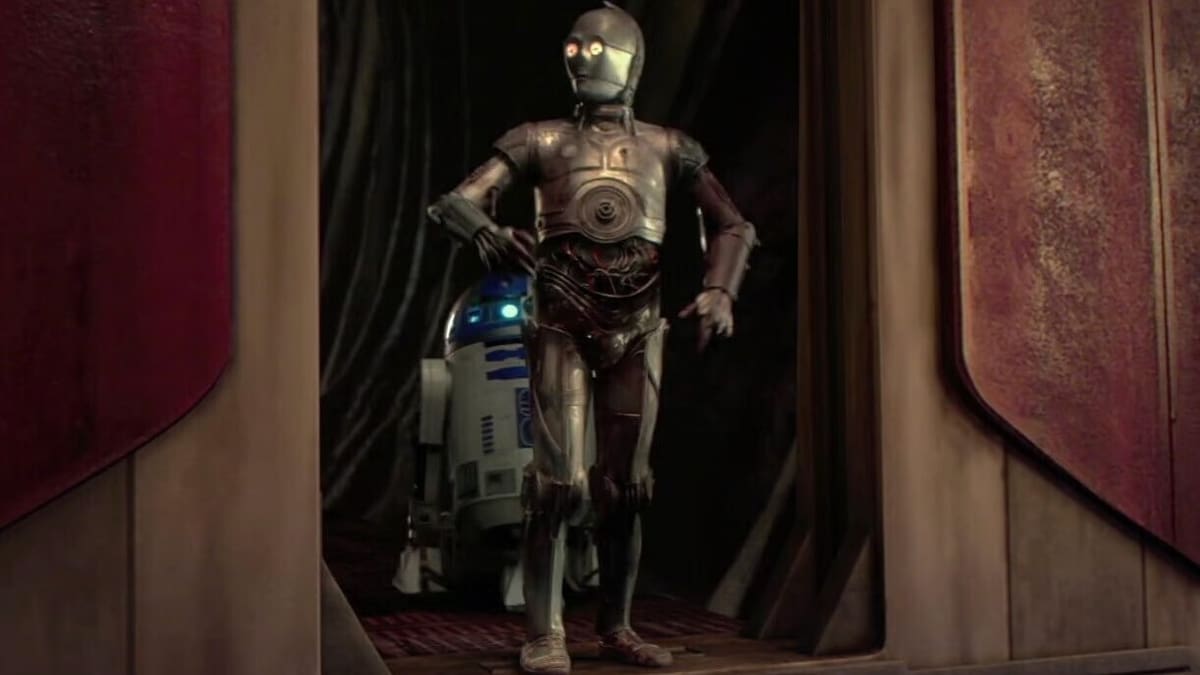
To return to our original question, let’s consider where RepRap’s journey has brought us:
- Can a 3D printer (entirely) print another 3D printer? The short answer is “not yet”. Even with the most advanced technologies currently available, we’re still a very long way from this being possible. Certain components are simply not well suited to the processes at hand.
- Can a 3D printer print most of the parts that can then be assembled into another 3D printer? Impressively, the answer is “yes”, meaning that RepRap’s basic goal has (basically) been achieved! It’s already possible to replicate the majority of parts used in a 3D printer on the same printer, and that percentage increases if we allow different 3D printing technologies to be added to the mix. In theory, almost everything except the ICs (and, as Dr. Bowyer noted, maybe the lubricants) could be printed, although not necessarily cost effectively or with the best performance.
- Can we envisage a single, “self-replicating” machine that combines different (3D printing and other) technologies as well as assemble the parts automatically? This is an intriguing question. We can see the convergence of 3D printing and other automation by companies such as Relativity Space with their “software defined factory” as well as in other flexible manufacturing systems. Impressive though these are, we’re still a long way from a fully self-replicating machine.
In a way, these questions distract form RepRap’s true legacy, which as we’ve seen, has brought easy-to-use production technology to the world. In doing so, it’s accelerated the pace of additive manufacturing in general and opened up new possibilities that we could only dream of a couple of decades ago.
It’s also been an outstanding example of the power of open and collective development, which continues to shape developments in hardware, firmware, and software. The gaps between what is printable in theory and in practice is always shrinking, and the promise of more exciting developments in additive manufacturing is always growing.
What would RepRap be like if it were reborn today? It’s likely the focus would be more on continuing to make 3D printing easier, faster, and even more universally accessible rather than on fully self-replicating or self-assembling machines. Or maybe it would bring something so innovative that it would change everything we’ve thought so far.
The days when a 3D printer can entirely copy itself are still some way off, but in the meantime, we can all benefit from the enormous advances in additive manufacturing that RepRap has enabled.
License: The text of "Can You 3D Print a 3D Printer?" by All3DP is licensed under a Creative Commons Attribution 4.0 International License.

